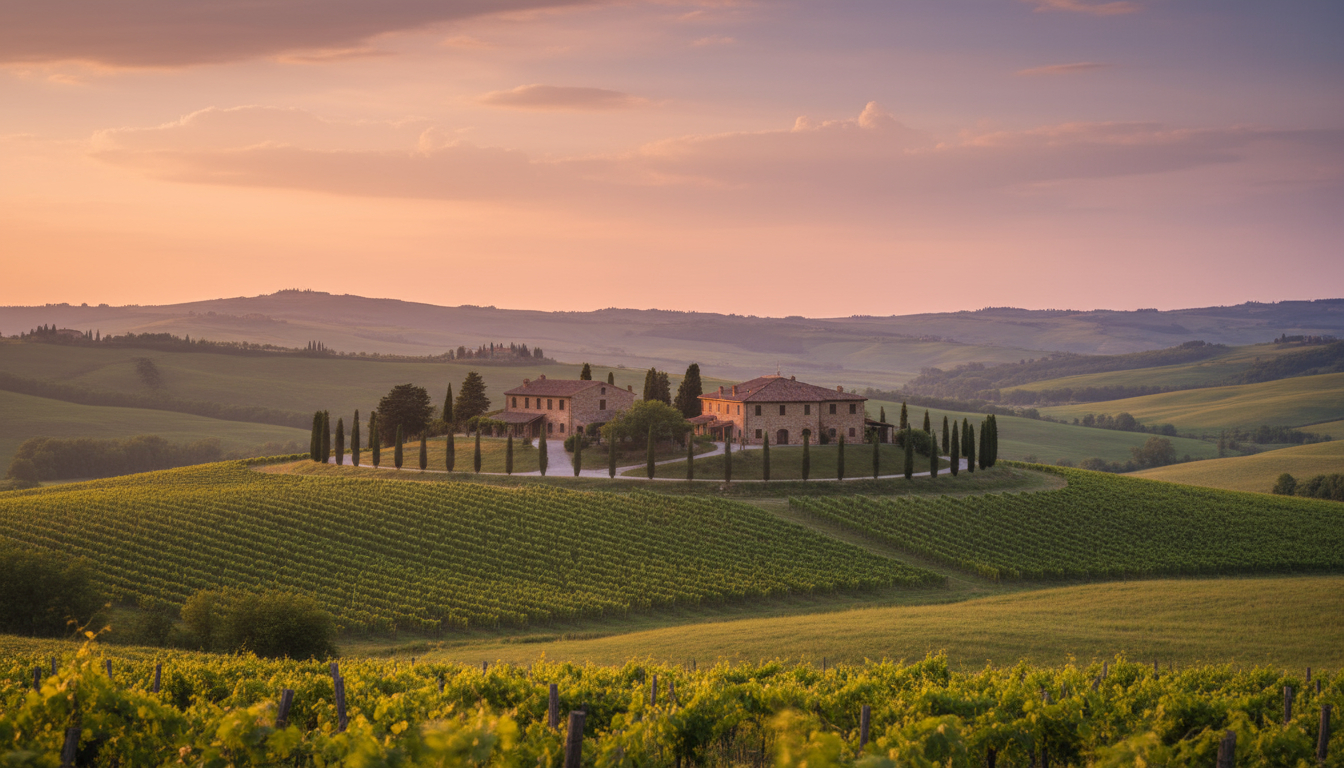The global travel landscape is constantly shifting, moving away from overcrowded, ‘over-touristed’ urban centers toward more authentic, sustainable, and less-explored locales. This pivotal change has opened an enormous opportunity for revitalizing rural tourism in smaller communities—places often overlooked by major travel operators but rich in unique heritage, unspoiled nature, and genuine local character. These smaller communities are proving that with strategic planning, creative marketing, and a commitment to authenticity, they can transform their local economies, preserve cultural assets, and offer deeply meaningful experiences to travelers.
The essence of a successful rural tourism strategy lies not in replicating mass-market models, but in highlighting the distinctiveness of the community. It’s about selling silence, tradition, craftsmanship, and connection, not just mere commodities. Many small towns, from the rolling hills of Tuscany to the remote villages of Japan, have shown incredible foresight in harnessing their inherent strengths to achieve remarkable revitalizing rural tourism success. This guide explores the core strategies and provides examples of how smaller communities have turned their quiet existence into compelling destinations.
The Foundation of Rural Tourism: Identity and Authenticity
Any successful initiative to achieve revitalizing rural tourism must begin with a deep exploration of the community’s identity. What makes this place unique? Is it a rare geological feature, a centuries-old craft, a distinct culinary tradition, or a historical event? Authenticity serves as the unbreakable foundation.
Embracing the Local Narrative
Communities that thrive often focus on a single, compelling narrative. For instance, the small village of Monsanto, Portugal, leverages its unique architecture—houses built into giant granite boulders—to draw visitors seeking a genuine, ancient atmosphere, not a manufactured theme park. Their tourism is focused entirely on the village’s stone heritage and its status as the most “Portuguese village in Portugal,” a title they received in 1938. This specific focus simplifies marketing and naturally attracts the desired niche traveler: those interested in history and unique landscapes.
Culinary Heritage as a Draw
Food is perhaps the most accessible and immediate expression of local culture. Small communities leveraging their agricultural and culinary history have seen massive success. Consider the small towns in the Piedmont region of Italy, which have become global destinations centered around slow food, specialized wines (Barolo, Barbaresco), and truffle hunting. They offer experiences—cooking classes, wine tasting tours, farm stays (agriturismo)—that connect the visitor directly to the source of the food and the people who produce it. This transforms a simple meal into an educational and cultural experience, driving the engine of revitalizing rural tourism.
Strategic Development: Infrastructure and Preservation
While authenticity is key, it must be supported by practical infrastructure that caters to modern travelers without sacrificing the town’s character.
Sustainable Accommodation Models
The most successful rural destinations avoid large, impersonal hotel chains. Instead, they promote and facilitate the development of boutique accommodations:
- B&Bs and Guesthouses: Allowing travelers to stay in locally-owned homes offers direct interaction with residents and keeps tourism revenue within the community.
- Heritage Stays: Rehabilitating historic buildings, old mills, or farmhouses into high-end lodging provides a unique selling point and contributes to architectural preservation.
- Glamping and Eco-Resorts: Appealing to the nature-loving segment, these options provide comfort while minimizing environmental impact, which is a major factor in revitalizing rural tourism.
The Importance of Digital Accessibility
Even the most remote village needs a digital presence. High-quality websites, active social media accounts (as explored in a subsequent article on social media in travel), and partnerships with online travel agencies (OTAs) are non-negotiable. Furthermore, simple access to Wi-Fi and mobile connectivity, even if challenging, must be prioritized, as modern travelers rely on these tools for everything from navigation to sharing their experiences.
Case Studies in Successful Rural Revitalization
Examining specific examples clearly illustrates the strategies for revitalizing rural tourism.
The Azores, Portugal: Eco-Adventure Focus
The Azores, an archipelago in the mid-Atlantic, represent an ideal example of managed, sustainable rural growth. Instead of chasing large cruise ships, the nine islands have focused on eco-tourism and soft adventure: whale watching, thermal springs, and volcanic hiking. The local government has strictly regulated development, ensuring that the natural landscape remains the primary attraction. The resulting experience is premium, attracting visitors willing to pay for low-impact, high-quality interaction with nature. This commitment to conservation defines their approach to revitalizing rural tourism.
The Kurokawa Onsen, Japan: Collaborative Branding
This small hot spring town in Kyushu, Japan, is a classic example of community-wide collaboration. The 20+ ryokans (traditional inns) in the area agreed to use a shared branding and a single pass (the Tegata pass) that allows visitors to try three different baths across the town. Crucially, they agreed not to compete on price, but on service and uniqueness. This cooperative approach created a destination brand stronger than any single inn, encouraging visitors to stay longer and explore the whole community, thereby maximizing the economic benefits for everyone involved in revitalizing rural tourism.
The Scottish Borders, UK: Theme-Based Trails
The Scottish Borders region has successfully leveraged its literary and textile history. By creating themed driving, cycling, and walking routes—like the ‘Borders Textile Trail’ or routes dedicated to Sir Walter Scott—they provide a structured way for visitors to explore dispersed small towns. The ‘must-see’ attractions become the connecting factor, but the real benefit comes from visitors stopping in local shops, cafes, and museums along the way. This strategy turns a passive drive into an engaging, multi-day experience.
Challenges and the Path Forward
While the potential for revitalizing rural tourism is vast, challenges remain. These include limited transportation access, seasonal fluctuation in visitor numbers, and the risk of ‘over-tourism’ even in a small context, potentially raising the cost of living for locals.
The way forward requires small communities to:
- Manage Visitor Flow: Implement strategies like tiered pricing or mandatory booking for sensitive areas to distribute visitors throughout the year and across different locations.
- Invest in Local Talent: Offer training for locals in hospitality, foreign languages, and digital marketing. This ensures that the jobs created by tourism are high-quality and stay within the community.
- Promote Shoulder Seasons: Use festivals, workshops, and niche events (like birdwatching retreats or historical reenactments) to draw visitors during typically slower times, stabilizing the economy.
- Prioritize Resident Quality of Life: Ensure that tourism enhances, rather than detracts from, the local’s daily life. This means directing traffic, minimizing noise pollution, and ensuring that essential services remain affordable and accessible to the local population.
By adhering to these principles—authenticity, sustainable development, collaboration, and a focus on community benefits—smaller communities can continue to cement their role as the next great frontier in global travel, effectively completing the mission of revitalizing rural tourism for the long term.


